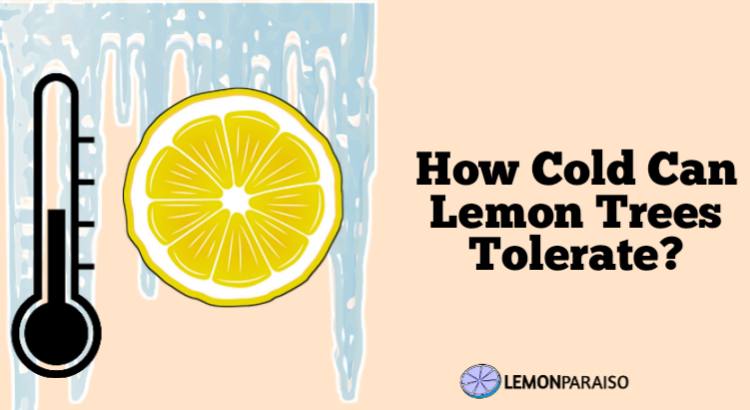Why Do Lemons Split On The Tree?
Lemon splitting, occurs when the skin of a lemon fruit splits open while still on the tree. This can happen due to a variety of factors, including improper care or environmental conditions, and can affect the quality and appearance of the fruit. Know the causes of lemon splitting and ways to prevent it in order to maintain healthy lemon trees and produce high-quality fruit.
Causes of lemon splitting
The main causes of lemon splitting include:
- Over-watering or inconsistent watering: Excessive moisture in the soil can cause the fruit to rapidly absorb water and expand, leading to the skin splitting open.
- Rapid changes in temperature or humidity: Sudden changes in weather conditions can cause stress on the fruit, leading to splitting.
- Nutrient deficiencies, such as a lack of potassium: A deficiency in potassium can cause the fruit to have weaker cell walls, making them more susceptible to splitting.
- Disease or pest infestation: Certain diseases or pests can weaken the tree and fruit, making them more susceptible to splitting.
- Over-fertilization: Applying too much fertilizer can cause rapid growth and expansion of the fruit, leading to splitting.
- Heavy fruit loads: Trees with a heavy load of fruit may have the fruit splitting due to the weight and pressure on it.
- High humidity : high humidity can encourage fungal growth and make fruit more vulnerable to splitting
- High Rainfall: during heavy rainfall fruit may swell and get split due to the pressure.
Prevention of lemon splitting
Preventing lemon splitting involves addressing the causes of the problem and implementing proper care practices for the tree and its fruit. Some steps that can be taken to prevent lemon splitting include:
- Proper irrigation techniques: Water the tree at the base and avoid overhead watering to prevent excessive moisture in the soil.
- Monitoring and maintaining consistent temperature and humidity levels: Try to keep the tree in a spot with consistent weather condition
- Regularly monitoring and addressing nutrient deficiencies: Regularly testing the soil and providing necessary fertilizers to the tree.
- Routinely inspecting for and treating any diseases or pests: Regularly inspecting the tree for signs of disease or pest infestation and treating them promptly
- Using appropriate fertilization techniques and avoiding over-fertilization: Applying the right amount of fertilizer and avoid over-applying.
- Pruning: Pruning the tree to balance the fruit load
- Proper fruit thinning : thinning the fruit to prevent weight and pressure stress
- Fungicide spray: Applying fungicide to prevent fungal growth in humid conditions.
- Netting the tree during heavy rainfall: protect the tree and fruit from heavy rainfall.
It’s also important to note that some varieties of lemon trees are more prone to splitting than others, so selecting a variety that is less susceptible to splitting can also be an effective prevention method.
Conclusion
In conclusion, lemon splitting is a common issue that can affect the quality and appearance of the fruit. It is caused by a variety of factors, including over-watering, rapid changes in temperature or humidity, nutrient deficiencies, disease or pest infestation, and over-fertilization.
To prevent lemon splitting, it’s important to implement proper care practices for the tree and its fruit, such as proper irrigation techniques, monitoring and maintaining consistent temperature and humidity levels, regularly monitoring and addressing nutrient deficiencies, routinely inspecting for and treating any diseases or pests, and using appropriate fertilization techniques and avoiding over-fertilization.
Additionally, selecting a variety of lemon tree that is less susceptible to splitting can also be effective. With these steps, it will help to maintain healthy lemon trees and produce high-quality fruit.



